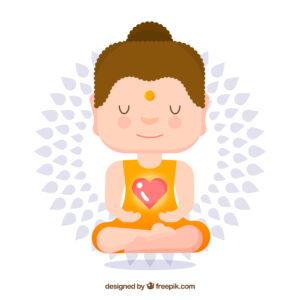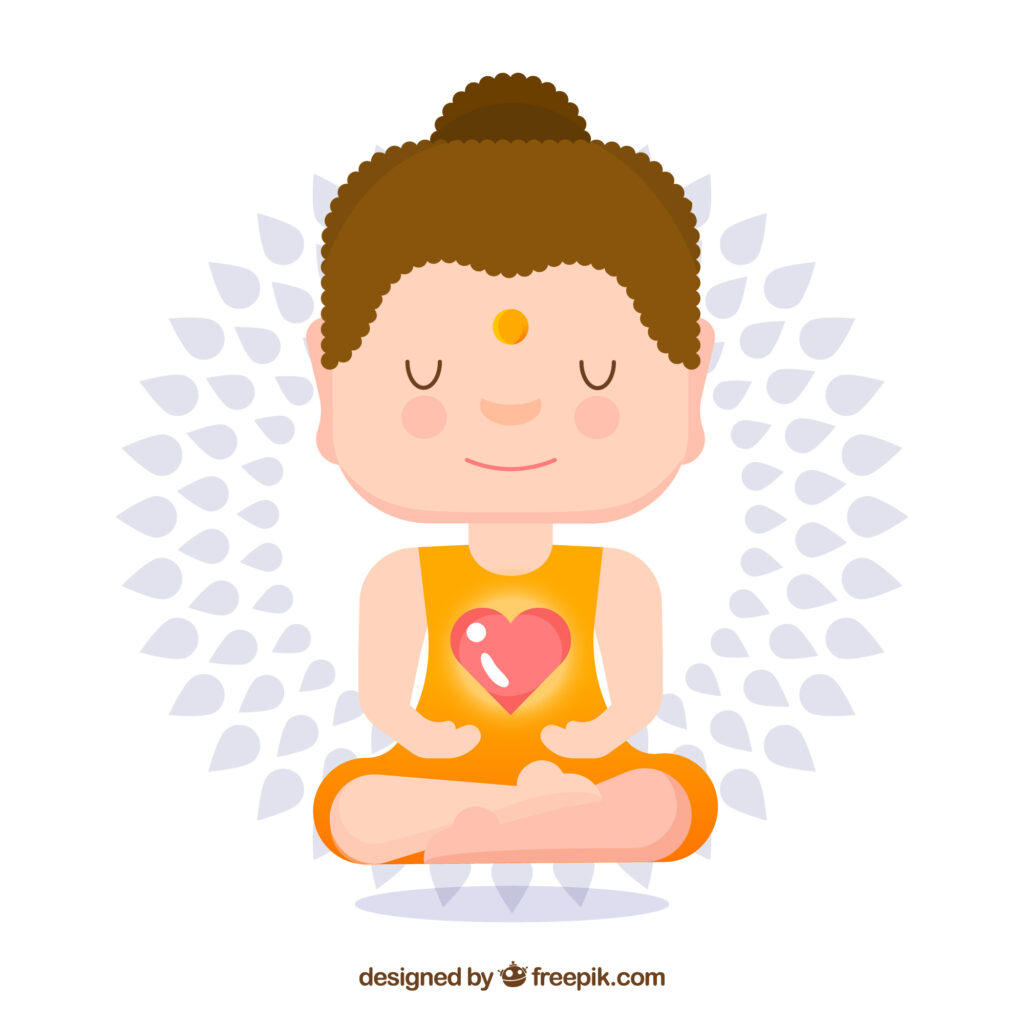For alot of my adult life I experience periods of depression. I might be find one minute but then something bother me and my mind would spiral into self critical thoughts which had an ever increasing impact on my mood. At the time I lived in East London and there was a thriving Buddhist centre near me that I would attend occasionally. What they said about dwelling in negative thinking really appealed to me so attempted to try their meditations at home. However, I would never keep it up as there was always something more pressing to be doing so I never saw results.
However, when my son was born in 2013, my motivation to hand over baby to my husband when he walked in the door and go and find a quiet space to be on my own was easier! I therefore used this time to set up a regular mindfulness meditation practice and within about a mpnth I really noticed a difference to my mental health. That was over ten years ago. I am now a qualified mindfulness teacher as well as therapist and come across so many people who read about the benefits of mindfulness but struggle to keep up a routine long enough to notice the results. This blog will explain how to set up a regular meditation routine but also why its so beneficial.
Why practice mindfulness
There are plenty of blogs, books and websites explaining what mindfulness is exactly as well as its overwhelming benefits. So I’m just going to summarise that mindfulness has been proven to reduce stress, anxiety, depression and low self esteem as well as have a positive impact on a range of of other mental health issues such as eating disorders, addiction and trauma. It is not about clearning your mind, being “in the moment” and forcing yourself to be “zen”. Its about cultivating a part of your brain that can observe your thoughts and feelings so that you don’t get caught up in unhelpful overthinking or emotional reactions.
For example, if you have anxiety its very common to experience strong physical feelings such as a tightness in the chest. Often a person will react with more anxiety to those feelings whiich makes it worse. So if you can tune into with curiosity and acceptance, rather than aversion, you prevent a vicious cycle.
Why you need to set up a regular mindfulness practice
There are in fact many ways to practice mindfulness and its perfectly possible to practice without meditating. For example, tuning into your senses more such as sights and sounds around you, rather than always overthinking. Or pausing in between activities to check for signs of stress or anxiety in the body so that you can regulate them. But mindfulness is a skill you are cultivating as well as a muscle in the brain you are trying to strenghthen. Therefore, setting up a regular mindfulness practice is a bit like going to the “mindfulness gym”.
How to set up a regular mindfulness meditation routine
Pick a regular time that suits your
Since my son was born in 2013 I have meditated at around 6pm. This is because it was the time by husband came home from work
Mindfulness meditation is proven to reduce stress, anxiety and depression as well as boost wellbeing and self esteem. I often get asked on my courses “how can I meditate regularly?”
Having a regular routine can be very useful so here are tips for setting up a regular practice.
- Find somewhere peaceful where you will not be disturbed.
- Create a nice relaxing space including lighting, oils and incense if desired.
- Listen to a guided practice if that helps. There are many free ones on youtube.
- Set aside a REGULAR time which feels right to you i.e. morning, lunchtime, early evening, before bed.
- Set an alarm to remind you and try to commit (roughly) daily practice for at least 3 weeks. Little and often is best. Doing 5-10 mins each day is better than 30 mins a couple of times a week.
- Don’t try to clear your mind of thoughts, just notice what is going on in your mind and body with curiosty and acceptance. Including any resistance to practicing!
- Be aware that it may feel hard at first but with practice it feels much more natural. Like all skills we need to start somewhere.
- Pick a practice that feels right i.e. don’t work with breath if its hard. Body can be easier or listening to sounds around you.
- Keep trying! Even if you forget for a few days or weeks it does not mean you have failed or should not bother. Be kind to yourself!
- Reframe a regular mindfulness practice as something you are doing to invest in your self care and mental health…rather than a chore
If you would like help to start mindfulness or embed it more in your life then I offer 1-1 coaching. Contact me for details.


